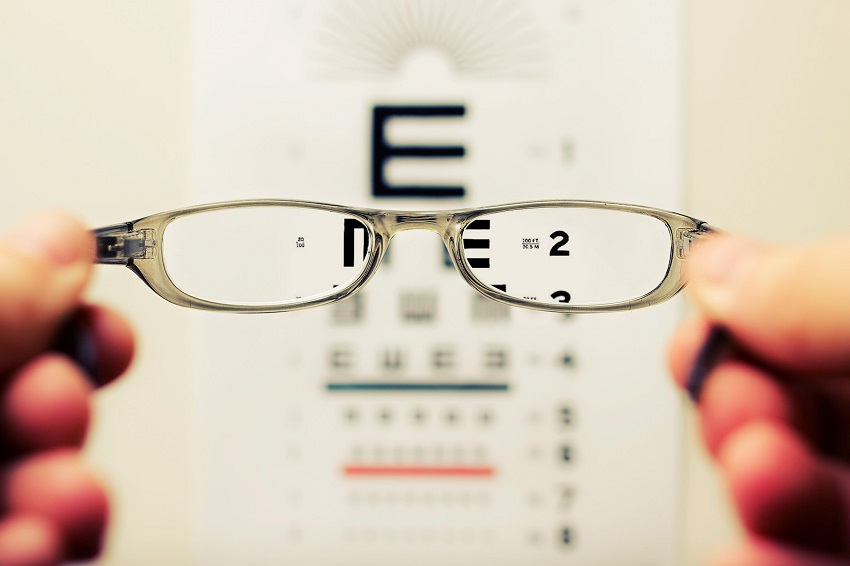3 Things You Need To Know Before Taking An Eye Test

When you see your optometrist, they will conduct a complete eye exam. Adults should get their eyes tested every two years, regardless of whether they require vision correction or not unless otherwise instructed.
Every six months or so, you should get an eye test to ensure your eyes are in good condition and catch any problems before they become evident, such as sudden vision changes or eye pain.
Eye exams in the UK are sometimes referred to as “sight tests” since they include testing for your visual perception. Your optometrist examines your eyes to determine whether you need glasses or contact lenses, performs refraction to see whether your prescription has changed, and evaluates your visual acuity and overall eye health.
What are the benefits of frequent eye examinations?
Taking care of your eye health is a top priority because eyesight is one of the most vital senses. Optometrists examine your vision and eye health during an eye exam, but they may also notice other changes that point to underlying health issues elsewhere in your body.
Routine eye exams guarantee that no issues go unreported, even if you don’t notice any changes in your vision or eye health.
The purpose behind checkup:
In a complete eye test, a doctor will look at the following:
- Muscle activity in the eye
- Accuracy in the eyes (how you see)
- Refraction inaccuracy (how light waves pass through the cornea and lens of the eye)
- Eyewitnesses (how much you can see on either side of you while not moving your eyes)
- A person’s ability to see colour
- It’s essential to keep an eye on your lashes and eyelids and the health of your eyes and surrounding tissues.
- The retina’s well-being
- Glaucoma threat
Signs or symptoms of a non-eye related health issue may also be found during an eye exam.
How Often and Who Should Get an Eye test?
The frequency with which an individual should have their eyes inspected varies based on various criteria, including age, general health, and the likelihood of developing an eye condition. According to most individuals, the following are the guidelines:
- Children under the age of 3: The physician will maintain a watchful eye on eye disorders like strabismus (when the eyes are not aligned) and amblyopia (lazy eye) at routine well-child checks, even if the kid does not need an eye exam.
- Three to five-year-olds: When they’re old enough to comply with the doctor, preschoolers should receive their first eye checkup (can identify simple shapes on an eye chart, for example).
- Adolescents and children in school: Before beginning first grade, all children should get an eye exam and have one every year for the rest of their lives (or per the advice of their eye doctor).
According to this regimen, adults should get their eyes examined every six months.
- In their twenties and thirties: Every few years to a decade.
- For people between the ages of 40 and 54, every two to four years is a reasonable interval. Having a baseline eye exam at age 40 is recommended by the AAO since this is when early indicators of abnormalities may appear. When people reach this age, they are more likely to develop hyperopia, characterised by poor near vision or difficulty seeing small print.
- Between the ages of 55 and 64: One to three times a year
- After the age of 65: Every two to three years
Those who use glasses and contact lenses, have a family history of eye disease, or are otherwise at risk for eye issues may need to get their eyes examined more frequently.








